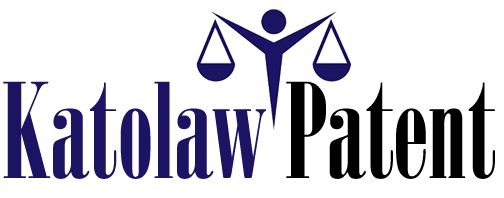Dealing with the loss of a loved one is challenging, and the added responsibility of managing their estate through probate can be daunting. Probate is the legal process of administering the estate of a deceased person, resolving all claims, and distributing the deceased’s property under a will. This article aims to demystify the probate process, offering clarity on the steps involved and guiding executors and beneficiaries through efficiently managing an estate.
Understanding Probate
Probate serves several essential functions in the legal system, including validating the deceased’s will, inventorying the deceased’s assets, appraising the estate, paying debts and taxes, and distributing the remaining property as the will (or state law, if there’s no will) directs.
When is Probate Necessary?
Probate is generally required when a person dies leaving behind assets that need to be distributed under a will or according to state law if no will exists. However, not all assets go through probate. Those that can bypass the process include:
- Jointly owned assets that transfer to the surviving owner
- Assets with named beneficiaries outside the will, like life insurance policies or retirement accounts
- Trust assets, if the deceased had a living trust
Steps in the Probate Process
Navigating the probate process involves several key steps:
- Filing a Petition: The process begins with filing a petition with the probate court to either admit the will to probate and appoint the executor or, if there’s no will, to appoint an estate administrator.
- Notifying Heirs and Creditors: The court requires notifying all interested parties, including heirs, beneficiaries, and known creditors, of the probate proceeding.
- Inventorying Assets: The executor or administrator must then inventory and gather the deceased’s assets, often requiring appraisals.
- Paying Debts and Taxes: The estate is responsible for paying valid claims by creditors and settling any outstanding taxes.
- Distributing the Remaining Assets: Finally, after debts and taxes are settled, the remaining assets are distributed to the heirs or beneficiaries according to the will or state law.
Challenges in Probate
Probate can be time-consuming and costly, depending on the estate’s complexity, the jurisdiction, and whether any disputes arise among heirs or creditors. Common challenges include:
- Contested Wills: Disputes over the validity of the will or its terms can significantly prolong the process.
- Estate Debts: Identifying and settling all of the estate’s debts can be complex, especially if the debts exceed the estate’s value.
Simplifying the Probate Process
While probate might seem overwhelming, several strategies can simplify the process:
- Organization and Documentation: Keeping meticulous records and organizing important documents can streamline probate proceedings.
- Seeking Professional Help: Consulting with experienced professionals like Yarborough Law Group can provide invaluable guidance through the probate process. Their expertise in probate law can help navigate the legal complexities, offering peace of mind during a difficult time.
Conclusion
Understanding the probate process is crucial for executors and beneficiaries tasked with managing a deceased loved one’s estate. By familiarizing themselves with the steps involved and seeking professional advice, they can ensure the estate is settled as smoothly and efficiently as possible, honoring the deceased’s wishes and providing for their heirs.

